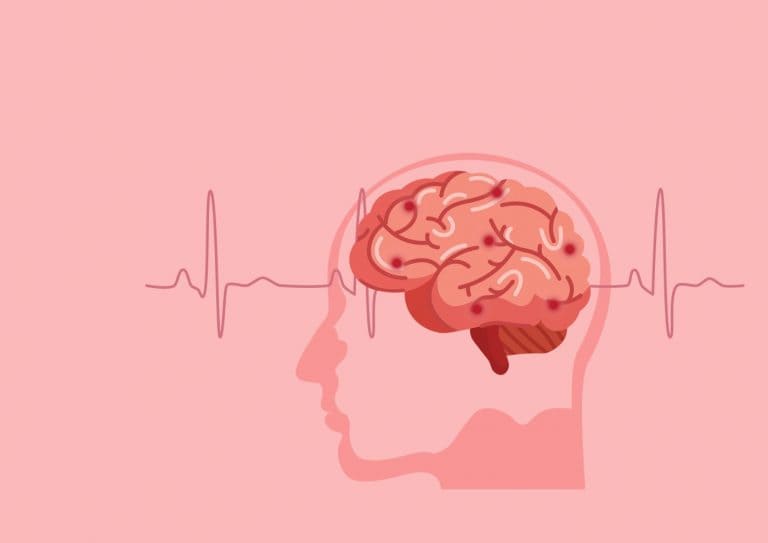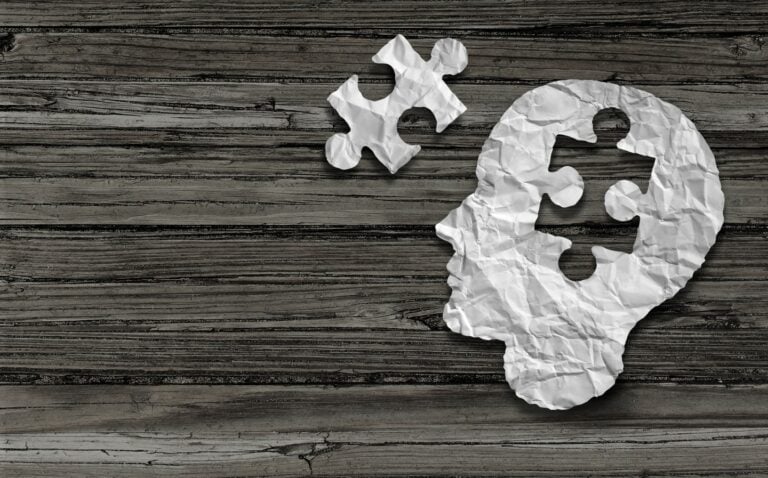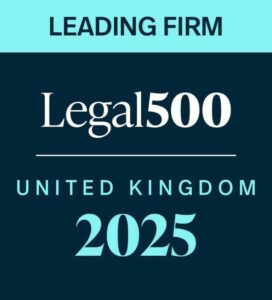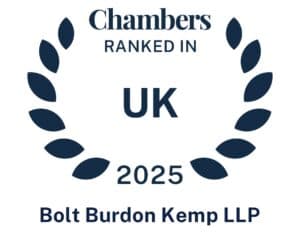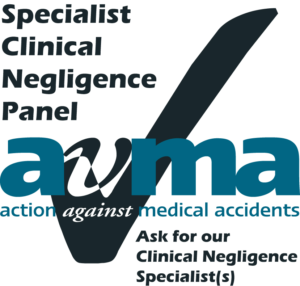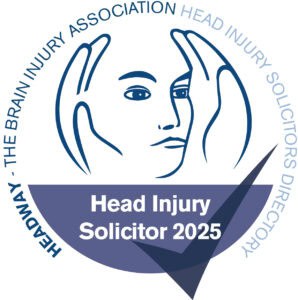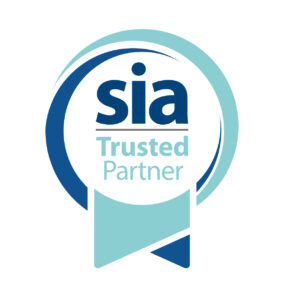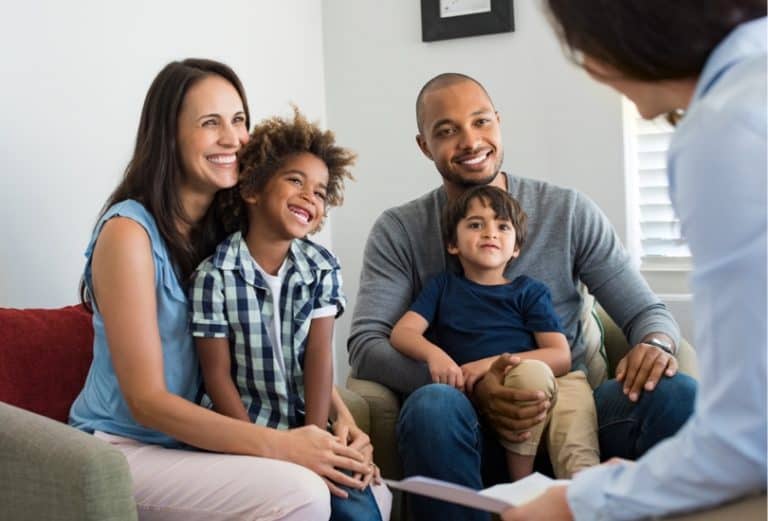If your child’s cerebral palsy was the result of medical negligence, then Bolt Burdon Kemp’s specialist team of solicitors will fight to help you win cerebral palsy compensation so you can give your child the best opportunities to thrive and live as normal a life as possible.
Read our claims page for more information about making a claim, or contact us here. Legal Aid funding may be available for your child’s claim. We also offer funding for cases on a no-win, no-fee basis.
Cerebral palsy – enjoying life to the full
Cerebral palsy impacts children in different ways and with differing levels of severity.
Stiff or weak muscles caused by the condition might limit an infant’s mobility, impact their speech and ability to swallow and the condition can also cause learning difficulties.
But developments in therapeutic approaches, alongside standard medication, are enabling children with cerebral palsy to develop lifelong movement skills which will enable them to become more active and independent in all aspects of their lives.
Communication technology
Due to its impact on muscle control cerebral palsy often causes jerky physical movements and can affect eye movement and speech.
But advances in technology are enabling cerebral palsy sufferers to communicate with the world around them and express themselves, increasing their independence. This includes:
- Assistive technology (AT) machines which can be calibrated to read eye and head movements and translate them into commands
- Augmentative and alternative communication, also known as AAC which has developed eye gaze technology. It is this type of technology that enables the world renowned physicist Stephen Hawking to speak.
Less complex but nonetheless effective communication technology is available. Many machines offer more simple software where users select words, pictures or symbols from picture books to speak through, while other machines can hold commands recorded by family members that the user can communicate with.
But more developments are coming to market all the time, offering better voice options and even apps, which are particularly good for children suffering from the condition.
Conductive Education
Conductive Education is a special learning process for children with motor disorders, such as cerebral palsy, to help them develop intellectual, emotional, social and physical abilities.
The lessons are focused on each child’s personality, recognising them as a whole and helping them to cope with their condition and achieve a more normal life.
It is not classed as a treatment or therapy but a learning process which encourages individuals to be active and discover their own solutions to the many problems of daily living, therefore increasing confidence.
Conductive education centres include:
- PACE Centre, Buckinghamshire
- The Percy Headley Foundation, Northumbria
- The Legacy Rainbow House, Lancashire
- Stick n Step, the Wirral
- Paces, South Yorkshire
- Nottingham School for Parents, Nottinghamshire
- Steps, Leicestershire
- Megan Baker House, Herefordshire
- Dame Very Lynne Trust, West Sussex
- Ingfield Manor School, West Sussex
- National Institute of Conductive Education, West Midlands
- The Rainbow Centre, Hampshire
- London Centre for Children with CP
- Scottish Centre for Children with Motor Impairments, Glasgow
Home adaptations
Simple adaptations to the home can make the home environment accessible to a child with cerebral palsy. For example:
- Installing grab and hand rails
- Ramps
- Walk-in baths
- Wet rooms
- Stair lifts
Home sensory rooms can provide your child with either a relaxing or a stimulating area to help manage anxiety and stress. These rooms tend to include things such as bubble tubes, fibre optics and projectors, while new technology can offer a more educational experience.
Mobility equipment
Cerebral palsy can cause tight muscles in the hips and legs, which can impact a child’s ability to sit upright, stand, walk and be active. But there are a range of different mobility aids that can ensure your child doesn’t miss out and which can boost their sense of confidence and independence enabling them to do more for themselves.
Equipment available includes:
- Wheelchairs which are specially adapted to support the head and trunk muscles
- Standing equipment to help stability
- Car seats
- Adapted motor vehicles
If you need to pay for mobility or communication equipment, educational treatment and home devices, a pay out can help fund these needs.





